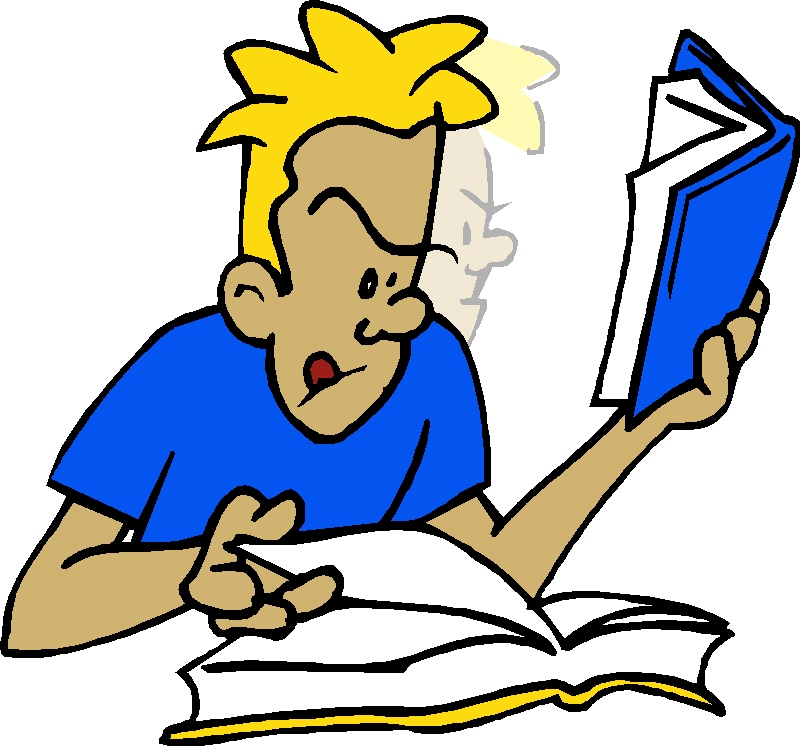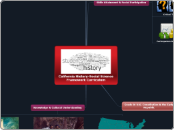
California History-Social Science
Framework Curriculum
Skills Attainment & Social Participation

Basic Study Skills
Chronological & Spatial Thinking: Students construct various time lines of key events, people, and periods of the historical era they are studying.
Historical Interpreation: Students understand and distinguish between cause, effect, sequence, and correlation in historical events, including the long- and short-term casual relations.

Critical Thinking Skills
Research, Evidence, & Point of View: Students assess the credibility of primary and secondary sources and draw sound conclusions from them.
Research, Evidence, & Point of View: Students detect different historical points of view on historical events and determine the context in which the historical statements were made (the questions asked, sources used, author's perspective).

Participation Skills
Historical Interpretation: Students interpret basic indicators of economic performance and conduct cost-benefit analyses of economic and political issues.
Grade 8: U.S. Constitution & the Early Republic
Democratic Understanding & Civic Values

National Identity
8.1.2: Analyze the philosophy of government expressed in the Declaration of Independence with an emphasis on government as a means of securing individual rights (e.g., key phrases such as "all men are created equal, that they are endowed by their Creator with certain unalienable rights")
8.1.4: Describe the nation's blend of civic republicanism, classical liberal principles, and English parliamentary traditions.
8.6.5: Trace the development of the American education system from its earliest roots, including the roles of religious and private schools, and Horace Mann's campaign for free public education and its assimilating role in American culture.

Constitutional Heritage
8.2.6: Enumerate the powers of government set forth in the Constitution and the fundamental liberties ensured by the Bill of Rights.
8.2.7: Describe the principles of federalism, dual sovereignty, separation of powers, checks and balances, the nature and purpose of majority rule, and the ways in which the American idea of constitutionalism preserves individual rights.
8.11.5: Understand the Thirteenth, Fourteenth, and Fifthteenth Amendments to the Constitution and analyze their connection to Reconstruction.

Civic Rights & Responsibilities
8.3.6: Describe the basic law-making process and how the Constitution provides numerous opportunities for citizens to participate in the political process and to monitor and influence government (e.g., function of elections, political parties, interest groups).
8.3.7: Understand the functions and responsibilities of a free press.
Knowledge & Cultural Understanding

Historical Literacy
8.1.1: Describe the relationship between the moral and political ideas of the Great Awakening and the development of revolutionary fervor.
8.2.3: Evaluate the major debates that occurred during the development of the Constitution and their ultimate resolutions in such areas such as shared power among institutions, divided state-federal power, slavery, the rights of individuals and states (later addressed by the addition of the Bill of Rights), and the status of American Indian nations under the commerce cause.
8.9.4: Discuss the importance of the slavery issue as raised by the annexation of Texas and California's admission to the union as a free state under the Compromise of 1850.
The Great Awakening of the mid-1700s affected the British colonies by
A) decreasing the power and prestige of radical religious figures
B) encouraging greater religious enthusiasm and political independence
C) encouraging strict obedience and respect for governmental authorities
D) discouraging individual free will in spiritual and political matters

Cultural Literacy
8.4.4: Discuss daily life, including traditions in art, music, and literature, of early national America (e.g., through writings by Washington Irving, James Fenimore Cooper).
8.6.4: Study the lives of black Americans who gained freedom in the North and who founded schools and churches to advance their rights and communities.
8.7.2: Trace the origins and development of slavery; its effects on black Americans and on the regions's social, political, religious, economic, and cultural development; and identify the strategies that were tried to both overturn and preserve it (e.g., through the writings and historical documents on Nat Turner, Denmark Vessey).
The slave-based agricultural system in the South encouraged the development of
A) economic self-reliance
B) a rigid social class system
C) an urban middle class
D) small independent businesses

Geographical Literacy
8.4.1: Describe the country's physical landscapes, political divisions, and territorial expansion during the terms of the first four presidents.
8.5.2: Know the changing boundaries of the United States and describe the relationships the country had with its neighbors (current Canada and Mexico) and Europe, including the influence of the Monroe Doctrine, and how those relationships influenced westward expansion and the Mexican-American War.
8.10.2: Trace the boundaries constituting the North and the South, the geographical differences between the two regions, and the differences between the agrarians and the industrialists.
What was the purpose of the Monroe Doctrine (1823)?
A) to open Canada to American settlers
B) to prevent European expansion in the Americas
C) to acquire Florida for the United States
D) to end the United States' alliance with Great Britain
